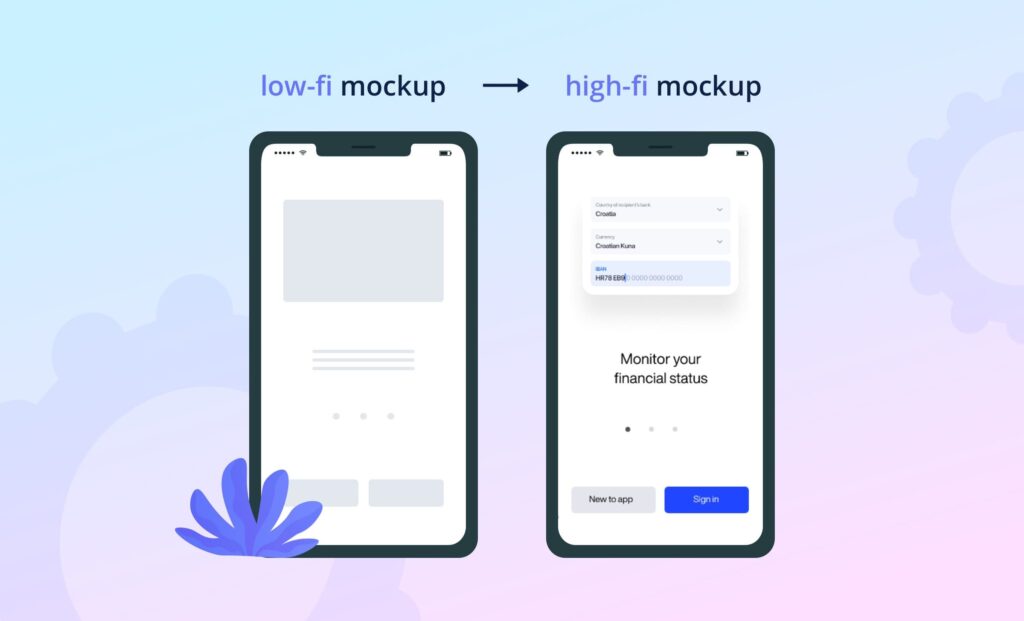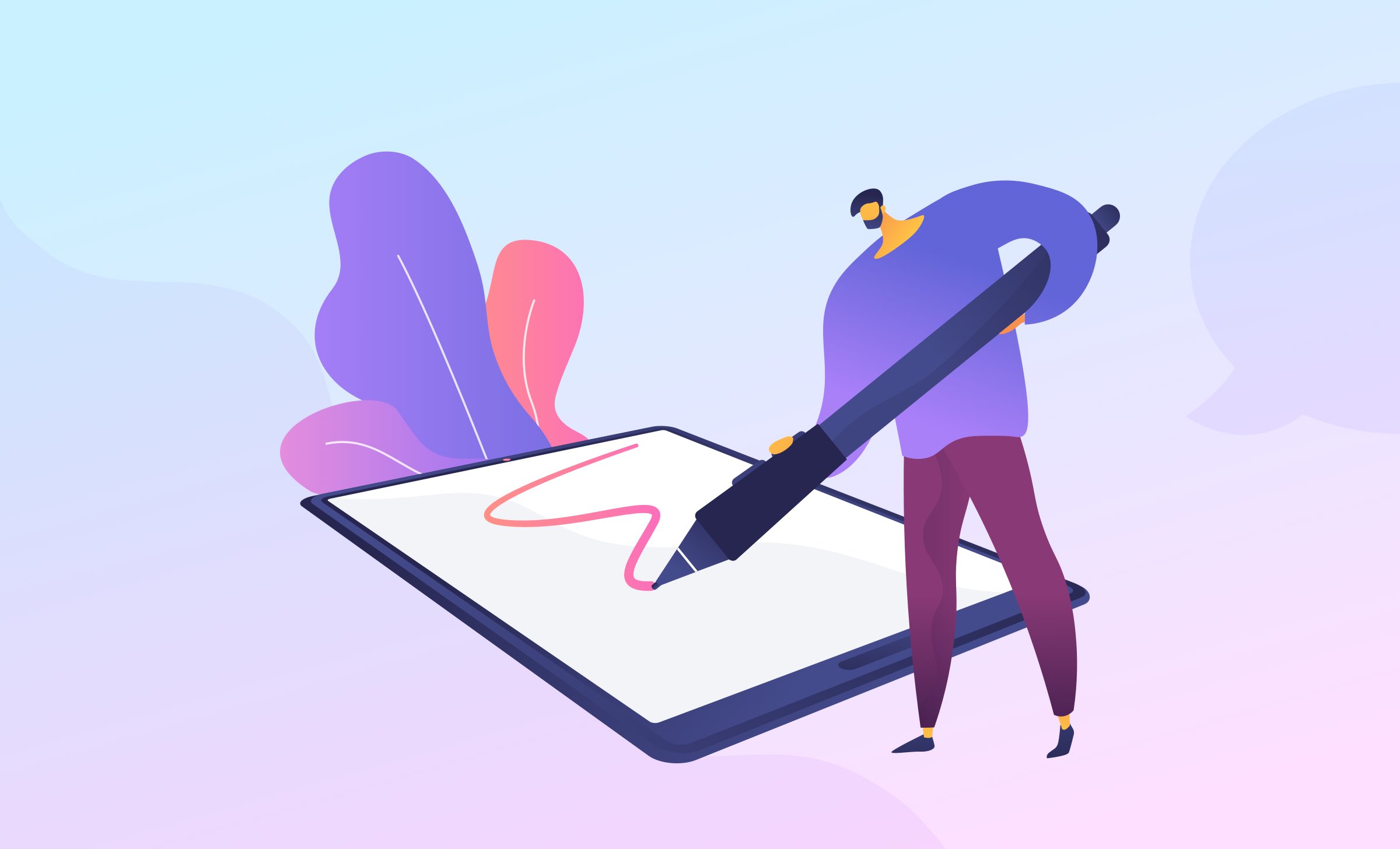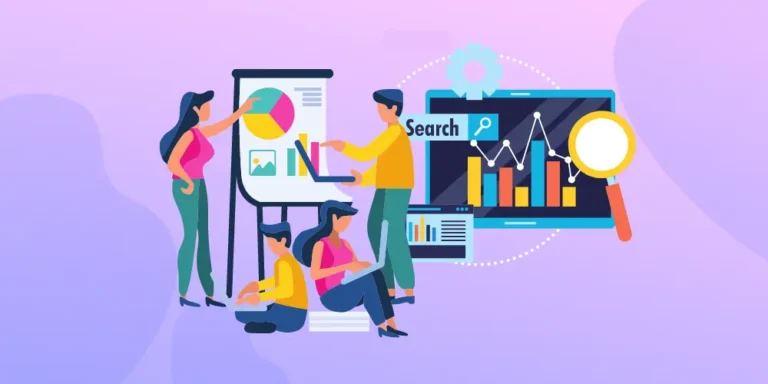The mobile app market is growing rapidly. New design trends appear, and popular themes change daily. You need more than just developing a good app or game if you want to keep your lead for a long time. According to current statistics, the vast majority of people (over 90%) look at the design of a product when compiling their first impressions. If users’ interest in your title is not strong, the app’s poor or outdated design will surely turn them off.
Even if you design the perfect item, you might need an app redesign after a while. Given the power of design and visual impact, this process should be approached with the utmost care so as not only to acquire new customers but also not to alienate old ones. Although it is impossible to please everyone’s tastes, you should do everything in your power. In this article, we will go into detail about the pros and cons of redesigning and effective methods for creating the best app version, as well as give a detailed look at how this process affects your ASO.
Table of Contents
Guide on Redesign Mobile Apps
The moment you should start the redesign process might vary depending on the region, market conditions, category, and product features. In general, falling metrics, negative reviews, the need to introduce new features, business rebranding, and much more can indicate the need to redesign the appearance of your app. Сhanges are needed when your ASO intelligence shows that your product does not meet your goals. These are the basic steps your redesign work should consist of.
Step 1: Current state analysis
First of all, you need to understand why the old design stopped working. You can rely on your experienced designers’ hunches to find the cause, but using more reliable methods is still better.
- Reviews in app stores
The first step in designing or redesigning a product is audience analysis. Users tend to talk more actively about the shortcomings of an app than about its advantages. With the help of negative reviews, you can understand what exactly people do not like and which problems should be solved first. - Accurate analytics
User engagement, number of downloads and uninstalls, audience growth, app rank tracking, and other data allow you to evaluate your product’s performance. Various KPIs help you more accurately identify existing problems and reasons why customers keep abandoning your product. - Monitoring competitors
Analyzing competing product designs can give you insights into how to improve your application. You can test them to evaluate the design yourself and read user reviews to understand what they like exactly. Look not only at UI but also at app UX design.
Step 2: Product redesign
You have identified your app’s weak points and outlined the elements that need to be reworked or improved. It’s time to move on to the most important stage of all the app design process steps. It usually happens in two phases:
- Creation of a low-fi mockup. You should develop a model that will include all planned modifications and test it within your team. Testers can make suggestions and adjustments.
- Creation of a high-fi mockup. It is an improved, “polished” version of the previous model, which can be tested on selected real users.

All these stages and testing aim to understand how to redesign an app’s UX and UI and prepare the final version that can be rolled out for common use.
Step 3: New design implementation
Like the previous stages of the Android and iOS app design process, implementing modifications is quite challenging. It is important to monitor the update’s rollout, conduct tests to ensure that all elements work smoothly, keep an eye on the app performance, and so on.
To understand if a redesign was a success, you need to identify and track accurate metrics and read new user reviews. It is essential to respond to emerging problems on time and repair what does not work as it should (it is better to prevent such situations).
Find out user engagement rates after the redesign, download and usage rates, amount of new customers, and so on. In an ideal world, all users perceive your redesign positively. In reality, things can be much more complicated.
Remember that there’s always the option to roll back some changes if the vast majority of people don’t like them. At the same time, you can stand your ground and just give users time to get used to the new look of your product.
You can take the famous app redesign case study and follow suit. For example, YouTube once reverted changes to its comment section only to bring them back in a revised form a year later. The developers have added small tips to make it easier for users to navigate.
Benefits of Redesigning Your App
The mobile app UX design process, just like interface redesign, has certain advantages for your business:
- the satisfaction of user requests;
- the expansion of the customer base;
- enhancing your competitiveness;
- introduction of more advanced functionality;
- expanding the capabilities of your product;
- improving brand image and perception.
Ideally, a new design attracts more customers and improves the user experience, making your app stand out from similar products and, consequently, increasing your profits.
Main Disadvantages
Although every product needs a redesign from time to time (if you want to stay on top, of course), it does have some disadvantages. You should be aware of them to assess your risks. Here are some possible cons:
- the new style might not suit all users;
- you can break what worked well;
- you might not have enough budget to implement everything you want;
- uneven implementation of changes might worsen the user experience;
- the new design might mislead customers, etc.
All these consequences are possible if you poorly prepare and think through the whole app design process and do not monitor the user experience after implementing the updates. While working on the product, you can use not only good examples of competitors but also bad mobile app design examples.
It will allow you to understand what is best to avoid so as not to alienate customers. Take Scrabble GO, for instance. The developers have turned a simple classic board game into something quite difficult to interact with. The interface is overloaded with buttons, and the principle of priority is not respected in the design.
How Much Does It Cost to Redesign an App
Each Android, iOS, and iPad app design process is unique in its own way. That is why it is hard to name the exact range of the redesign cost. At the time of writing, prices ranged from $3000 to $1 million. This variation is due to the following factors that affect pricing:
- the project’s size;
- the complexity of changes;
- team type (in-house or outsourcing);
- location of developers;
- the number of platforms, and much more.
The cost of a redesign can be reduced if you do not need to redesign the product completely but only update the overall style or improve some tabs/tools. If your app is outdated, you might need a head-to-toe redesign. In the case of rebranding, it might be more profitable not to redesign but to start an app business from scratch.
If you try to determine the cost more precisely, then updating a simple app with three or four tabs can cost you about $8000 or even less. If you have a complex, large-scale, and multifunctional product (such as Uber), its redesign can cost $50000 or more. When considering an investment in app development, it’s crucial to understand how profitable are apps in the current market.
How Redesigning an App Might Affect Your ASO
Along with the product redesign, you should also update your app store listings to reflect the app’s current state. First of all, it concerns visual assets that display interface features to users. Along with posting new screenshots and promo videos, it’s a good idea to update your icon as well, as it’s the most visible element of your app page. To create the best working version, read our article “Designing a Game App Icon – What You Should Know.”
You shouldn’t ignore text listings as well, especially if you introduce some new tools or change the interaction with elements. Updating the app page content is especially recommended for iOS developers since you can only do it in App Store together with the rollout of the product update itself. On Google Play, you can do it anytime; however, it’s never a bad idea to give users a fresher look at your app.
Both the product redesign and the page listings modifications directly affect your metrics and rankings. To find out how effective the changes you have implemented are, you need to understand how the tools and algorithms of app stores work. While Apple Store is relatively easy to understand, Play Market uses more advanced tools. You can read more about them in our article “ASO Ranking Factors: Learn How Google Play Algorithms Work.”
Master the Redesign Process Like a Pro
All apps that need to be redesigned are experiencing a drop in app usage, revenue, growth, and more. It is the moment when you realize that changes are really needed. The process of improving a product is tricky and time-consuming, but if you follow our recommendations, you will be able to create a truly better version of your application. Here are the main steps you need to take:
- Analyze the app’s current state: Study reviews and feedback, test competitors’ products, and use accurate analytics.
- Develop mockups with the necessary changes and test them inside your company or team.
- Implement a new design and monitor its performance. Don’t be afraid to make additional changes or roll back to a previous version if it’s better at the moment (just don’t flip-flop).
When redesigning a product, it is important to remember that the main goals are users’ attention and engagement. There is no need to blindly follow trends and modify the app just for the sake of change. All modifications should be valuable and functional. Only in this case will the work not be done in vain but will have a positive impact on your performance.


